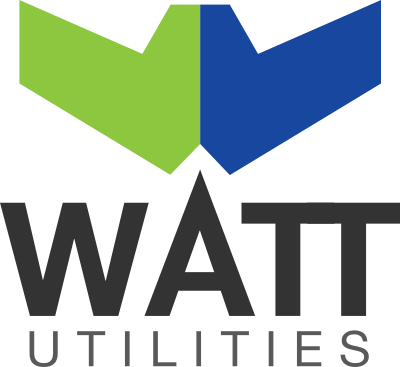
If you’re running a small or medium business in Australia right now, chances are your energy bill is causing concern. You’re definitely not the only one feeling the pressure. That’s where Demand Response (DR) comes into the picture, and it might just be the solution you’ve been looking for. Think of it as getting compensated to use less electricity when everyone else is using peak amounts.
Demand response basically means you dial down your electricity use during busy periods – usually when everyone’s running their air conditioning on hot afternoons or firing up machinery first thing in the morning. When the grid operators send out the signal saying “we need you to reduce your demand for a bit,” you reduce your power consumption for a few hours. In return, you get rewarded financially.
It’s similar to coordinated energy management. When fewer businesses are drawing power during peak times, the whole system runs more efficiently, reducing the need for expensive backup power stations.
You might think the focus would be on large manufacturers, and while major industrial users do participate heavily, SMEs collectively represent a significant portion of Australia’s electricity demand. When businesses in this sector coordinate to reduce consumption during peak periods, it creates substantial benefits for grid stability.
Plus, you’re often more flexible than the big players. You can adjust your operations, shift some tasks to different times of day, or temporarily power down non-essential equipment without the massive disruptions that large factories might face.
Participating in demand response can deliver significant reductions to your electricity expenses. You’ll avoid peak pricing by using less power when rates are highest, and many programs provide ongoing payments for participation, even during periods when you’re not actively reducing consumption.
Some businesses achieve savings of 10+ percent on their energy bills, though results vary depending on your usage patterns and operational flexibility.
Joining a demand response program requires you to examine your energy consumption patterns closely. Most businesses discover significant opportunities for improvement once they start monitoring usage systematically.
You’ll identify equipment running unnecessarily and opportunities to shift energy-intensive tasks to cheaper off-peak hours. This awareness often leads to permanent operational changes that continue delivering savings beyond your demand response participation.
These days, everyone’s talking about sustainability. Demand response participation delivers genuine environmental benefits alongside the cost savings. It’s something worth highlighting in your marketing, and it resonates with customers who care about environmental responsibility.
It’s also valuable when engaging with stakeholders, suppliers, and potential employees who prefer working with forward-thinking companies.
Most demand response programs have minimum participation requirements. Generally, you’ll need the ability to reduce electricity consumption by a specified amount (often around 50kW or more) when requested, plus systems to measure and verify those reductions.
If you operate a substantial office, workshop, or retail space with air conditioning, refrigeration, or other significant electrical loads, you likely meet the basic criteria. Smart meters (which most businesses now have) make the measurement and verification process much more straightforward.
The first step involves assessing whether demand response suits your specific business model. Each operation has different requirements, and what works for a restaurant differs significantly from what works for a manufacturing workshop or office building.
You’ll need to analyse your current energy usage patterns, identify equipment or processes you can reasonably reduce during peak periods, and ensure you have systems to respond promptly when required. Some businesses invest in energy management systems or battery storage to facilitate participation, though these aren’t always essential to begin.
Electricity markets and government programs come with specific compliance requirements. Different states operate different programs with varying requirements, and managing these obligations requires attention to detail.
While penalties for non-compliance are typically manageable, it’s important to understand what you’re committing to before signing up for any program.
The key challenge is reducing energy consumption when required without disrupting core business operations. A bakery can’t stop production during morning peak hours, and a data centre can’t simply switch off servers.
Successful participation requires careful planning, and working with experienced consultants like Watt Utilities can prevent operational issues. The objective is finding participation methods that complement rather than conflict with your business model.
For many SMEs, demand response represents a practical opportunity to reduce operating costs while supporting grid stability and sustainability. It’s not a universal solution to energy cost challenges, but it can form a valuable component of your overall energy management strategy.
Success depends on approaching participation strategically, with professional guidance and realistic expectations about achievable outcomes. When implemented properly, demand response delivers measurable cost savings while positioning your business as environmentally responsible and forward-thinking.
If you’re already exploring cost reduction strategies and sustainability initiatives, demand response merits serious consideration for your business.
Discover whether demand response could benefit your operations. The Watt Utilities team can help you understand the opportunities, navigate program requirements, and develop a strategy aligned with your business needs.
Get in Touch with Watt Utilities


Fields marked with * are required.

Fields marked with * are required.